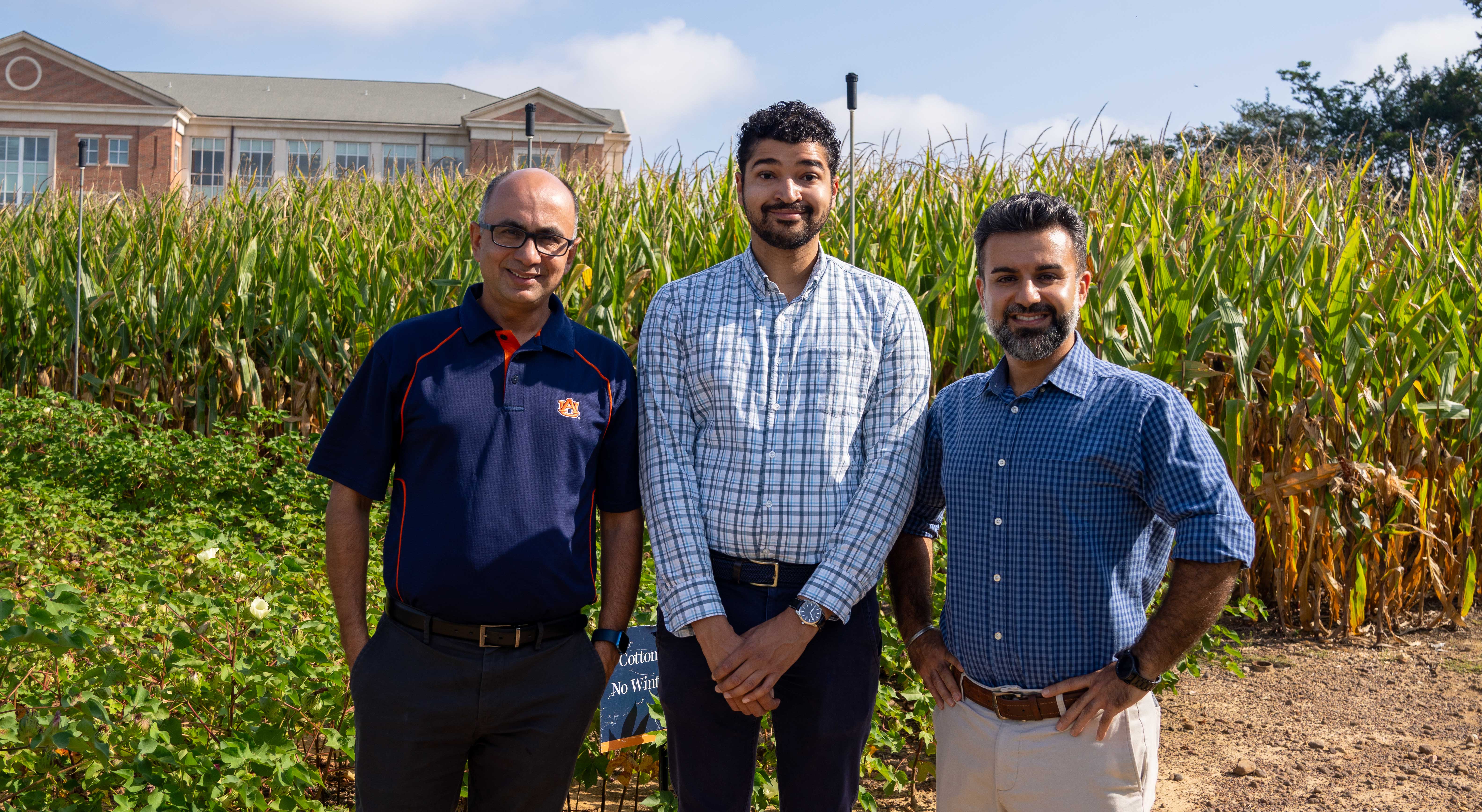Protecting oceans and lakes from phosphorus runoff
Biosystems Engineering
By Jeremy Henderson

For Auburn’s Center for Bioenergy and Bioproducts (CBB), things are coming up roses ... and ryegrass.
That’s one of the model crops CBB researchers, along with a team of academic collaborators from the University of Delaware, New Mexico State University, Ireland and Northern Ireland, will use for a $1 million U.S. Department of Agriculture National Institute of Food and Agriculture (NIFA) project testing the efficacy of a dual-function biochar substrate — duobiochar they’re calling it — that captures excess phosphorus in soils and releases it slowly to meet plant needs.
The main idea is to ultimately keep the stuff out of oceans and lakes where too much phosphorus runoff from increasingly expensive synthetic fertilizers contributes to those large, oxygen-deprived “dead zones” — the Gulf of Mexico has one the size of New Jersey — you read about in the news.
“Biochar is a material made from plants through the thermochemical conversion of biomass,” said CBB director Sushil Adhikari, Alumni Professor in the Department of Biosystems Engineering. “It has micro-, meso- and macro-pore networks, functional groups and inorganic compounds that can absorb phosphorus. However, regular biochar isn’t usually made to distribute phosphorus to plants because fundamental science on the transient nutrient retention and release of biochar is lacking.”
At least, it’s lacking for now.
“Over the next year, our team will use state-of-the-art material characterization techniques to gain insight into slow phosphorus release properties in greenhouses and field trials conducted in Ireland and Northern Ireland,” Adhikari said.
In the Republic of Ireland and Northern Ireland, recent studies show high legacy phosphorus, applications saturating soils with phosphorus, which increasingly threatens water quality in the countries’ lakes.
Adhikari serves as the project’s principal investigator; co-PIs are Wendiam Sawadgo, extension professor in the College of Agriculture, and Hossein Jahromi, assistant research professor in the Department of Biosystems Engineering.
“Expanding the utility of biochar also has the potential to sequester carbon while providing agronomic benefits,” Adhikari said. “We feel this project can also help reduce the agriculture sector’s carbon footprint and address the impacts of climate change.”

